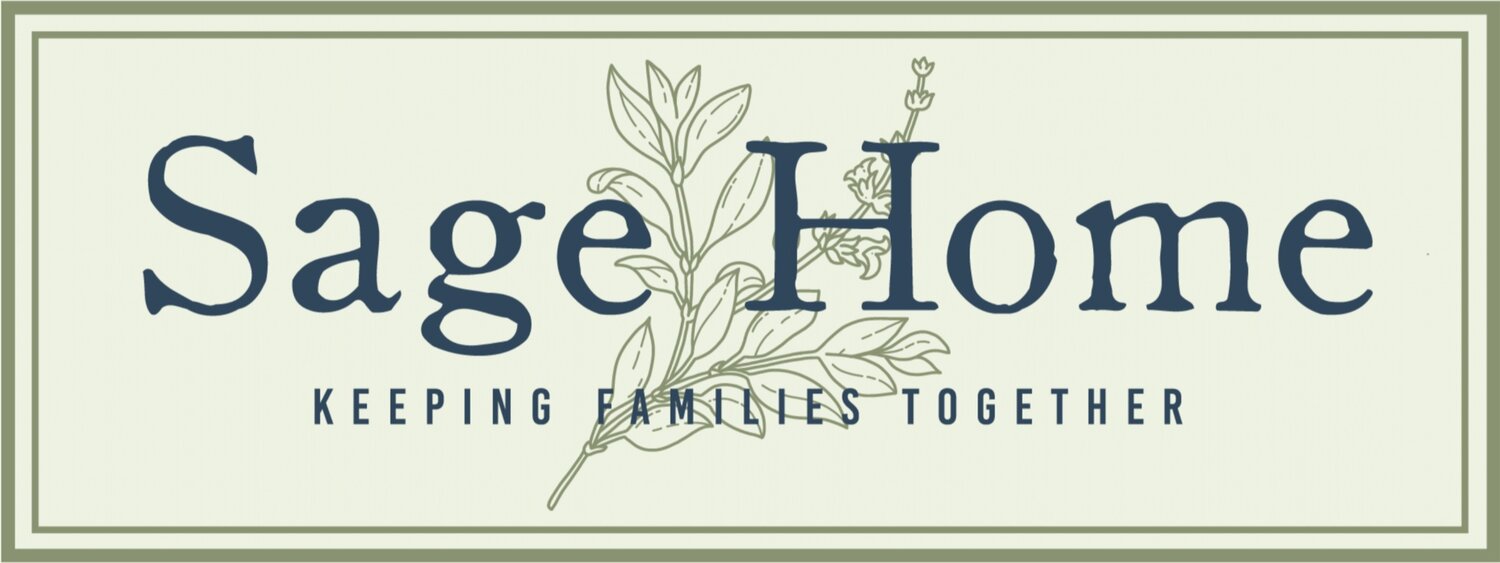Beautiful Solutions for Some of Northern Arizona’s Ugliest Problems
“When I am working on a problem, I never think about beauty, but when I have finished, if the solution is not beautiful, I know it’s wrong.”
R. Buckminster Fuller
What’s the Problem?
There are plenty of problems in the world. There are many in our small community, nestled in the mountains of Northern Arizona. Sometimes, to think about them feels overwhelming as solutions seem so evasive and complicated. Do we even know what problem we’re trying to solve?
· Is it that parents are using illicit substances?
· Is the problem that kids are being neglected and abused?
· Is it housing insecurity?
· Educational barriers?
· Job inequity?
· The opioid epidemic?
· Mental health concerns?
· Adverse childhood experiences and historical trauma?
All of these issues are HUGE and require a multifaceted response. It can feel as impossible as counting all the waves on a stormy beach. Things are rough out there, but what is the problem? How do we look for solutions if we haven’t clearly identified what we’re trying to solve? Addiction, housing insecurity, job difficulties, scarcity culture, childhood trauma/neglect, intergenerational trauma, and mental health challenges are clear symptoms, but not the problem itself.
Vilification and Division
At Sage Home, we believe we have a strong, compassionate, capable, creative community. We also believe that there are people within our community that have been “othered” and left out of the communal care needed to heal, support, and address their multifaceted concerns. When talking about marental substance abuse, we’ve tried many things as a community that have been solutions, but not beautiful solutions. Child removal, for example, is necessary now because few alternatives exist, but it’s not beautiful. Child removal may keep children safer for a time, but it does significant harm. Child removal also contributes to the vilification of child welfare workers which is also not beautiful. What a difficult job to have to decide between keeping a child safe and keeping a child with their parents. Their job is hard, and evidence suggests that burnout rates are through the roof for child welfare workers. It is massively important they are part of a sustainable and beautiful solution so their job can be safe and connected to our compassionate community response.
The Center for the Developing Child listed 8 things to remember about child development that will help us illustrate the problem and some possible solutions that are beautiful. To begin,
(1) “Even infants and young children are affected adversely when significant stresses threaten their family and caregiving environments.”
(2) “Severe neglect appears to be at least as great a threat to health and development as physical abuse—possibly even greater.”
(3) “Simply removing a child from a dangerous environment will not automatically reverse the negative impacts of that experience.”
When we’re thinking about a beautiful solution it’s important to both minimize stress and decrease threat to the family/caregivers and to recognize the harm parents using substances have on their children. Parents abusing substances often neglect their children and that can have lifelong consequences. It’s a big deal and requires an appropriately sized response. But child removal isn’t enough because it creates new problems by amplifying early stressors. Few things are more stressful to a young child than removing them from their primary caregiver(s) even if that primary caregiver is neglecting or abusing them. At Sage Home, the solution is to treat families together in a safe environment where we’re working with child welfare to make sure parents learn to parent their children with safety and security and to also care for themselves by addressing their own trauma responses and healing. It’s a beautiful solution when a family can come together, held by the community, and be empowered to change their circumstances and engage meaningfully in society.
(4) “Young children who have been exposed to adversity or violence do not invariably develop stress-related disorders or grow up to be violent adults.”
(5) “A great deal of brain architecture is shaped during the first three years after birth, but the window of opportunity for its development does not close on a child’s third birthday.”
There’s hope! As important as it is to intervene as early as possible, interventions are still effective even with older children. The capacity the human mind and body have to engage in healing and repair when safety and compassion are present is truly astounding. Early stress and trauma don’t have to be life sentences. Sage Home and our community partners are in a position to support deep healing and repair from early adversities and historical trauma in families that have the capacity to grow and adapt to safer environments.
(6) “Development is a highly interactive process, and life outcomes are not determined solely by genes.”
(7) “Resilience requires relationship, not rugged individualism.”
(8) “While attachments to their parents are primary, young children can also benefit significantly from relationships with other responsive caregivers both within and outside the family.”
We need each other. Healing is communal. We are all connected to the health potential of our community. Relationships can be deeply healing. Children need multiple secure attachments and safe relationships to thrive. So do adults. We have the capacity to change and support healing in others. Everyone deserves a chance to reach their full potential which requires ALL of us. Sage Home believes we have what it takes as a community to keep families together, support addiction recovery, teach/model/train healthy parenting, foster healthy connections, and friendships, and collaborate with all the community resources available to provide the best care possible. When this solution is realized, it will be beautiful, and we are getting closer to that every day.
May we all engage in sustainable and beautiful solutions – together, as a community.
To learn more about us, treatment options, and how we are serving Flagstaff families, reach out to us at any time!
